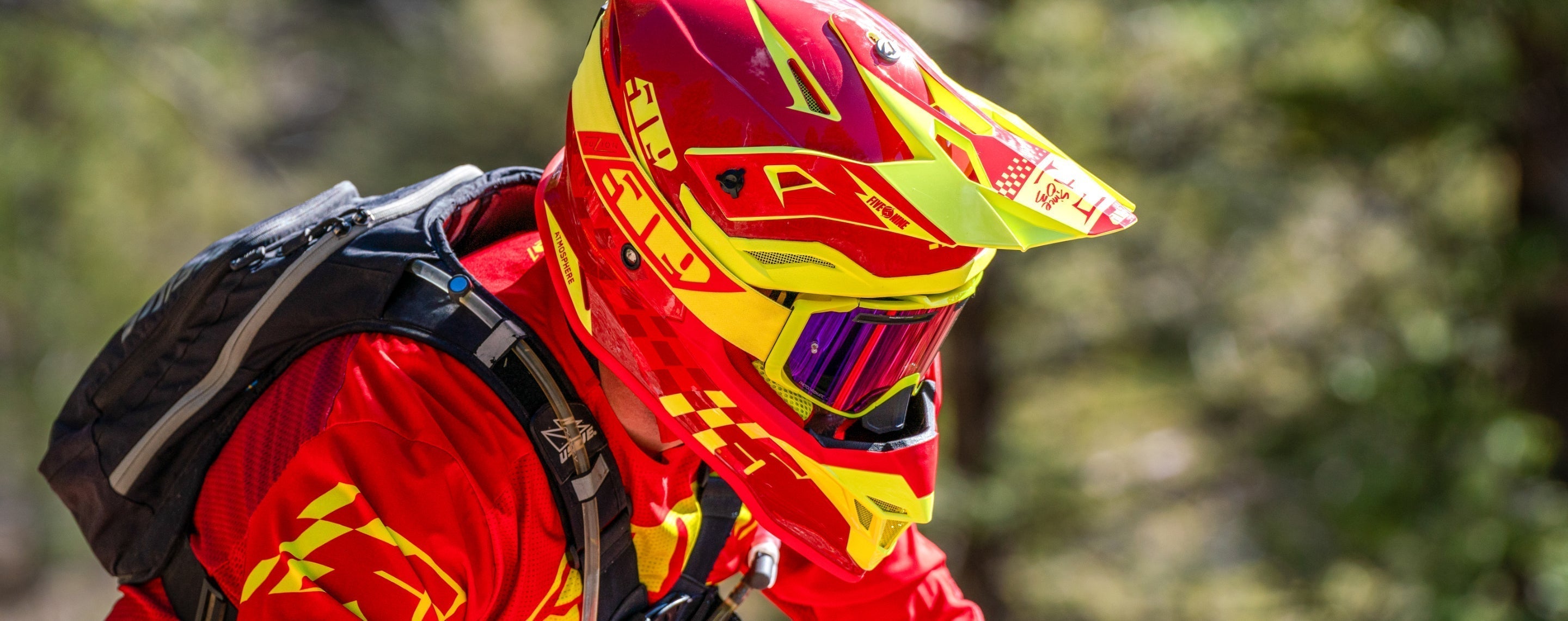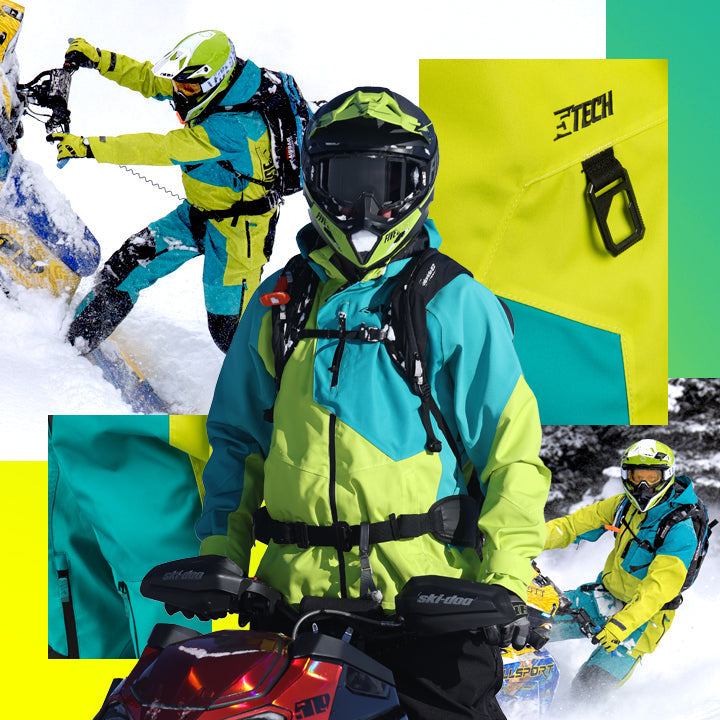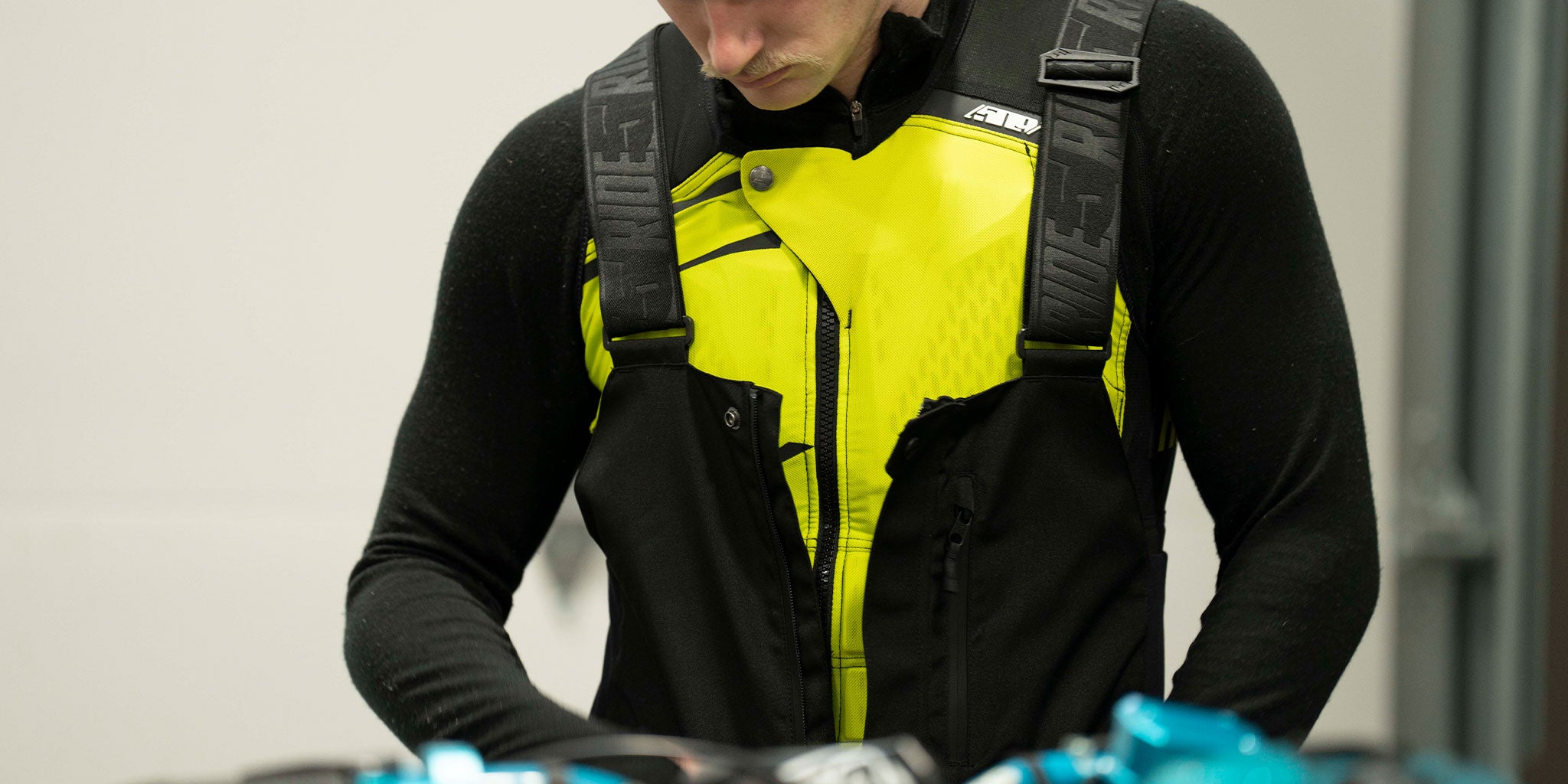
What is Outerwear?
When it comes to gearing up for outdoor activities, having the right clothing is essential. Outerwear plays a crucial role in providing protection from the elements while ensuring comfort and style. But what exactly is outerwear? Let's delve into this topic and explore the key components of this important category of clothing.
At its core, outerwear refers to the outermost layer of clothing that covers and protects the base and mid layers from various weather conditions and elements. It serves as a barrier between your body and the outside world, shielding you from wind, rain, snow, and other environmental factors.
Outerwear typically includes a range of garments designed for different purposes and activities. The most common types of outerwear are jackets, bibs, and mono suits. Let's take a closer look at each of these:
Jackets
Jackets are versatile outerwear garments that come in various styles, lengths, and designs. They are typically worn over a base layer and mid layer and provide protection against wind, rain, and cold temperatures. Jackets often feature features such as waterproof or water-resistant materials, insulation, adjustable hoods, and multiple pockets for storage. Whether you're hitting the slopes, going for a hike, or simply braving the elements, a well-designed jacket is a must-have.
Shop Men's Snow Jackets
Shop Women's Snow Jackets
Shop Kid's Snow Jackets
Bibs and Pants
Snow bibs and snow pants are outerwear options for winter activities, each with distinct characteristics. Snow bibs provide more coverage with suspenders or shoulder straps, extending higher on the torso for added protection against snow and cold air. They are ideal for skiing, snowboarding, and snowmobiling. In contrast, snow pants have a waistband and provide coverage up to the waist. Snow bibs offer better protection against snow and moisture, while snow pants are more versatile for layering with different jackets and base layers. Style and personal preference also play a role in choosing between bibs and pants. Ultimately, the decision depends on individual preference, desired coverage, and specific activities. Both options offer protection and are suitable for winter sports.
Shop Men's and Women's Snow Bibs and Pants
Shop Kid's Snow Bibs
Mono Suits
Mono suits are a one-piece outerwear solution that combines a jacket and pants into a single garment. These full-body suits offer complete protection from head to toe and are popular among snowmobilers and backcountry riders. Mono suits are designed to be waterproof, breathable, and durable, allowing riders to tackle extreme weather conditions while staying comfortable and protected. They often feature a variety of functional details, such as ventilation zippers, integrated gloves, and reinforced areas for added durability.
Shop Men's and Women's Mono Suits
Shop Kid's Mono Suits
Importance of Outerwear in Snowmobilling
Outerwear is crucial for snowmobiling due to the specific demands and challenges of the activity. Here are several reasons why outerwear plays a vital role in snowmobiling:
- Protection from the Elements: Snowmobiling often takes place in cold and snowy conditions. Outerwear provides insulation and protection against low temperatures, wind, snow, and moisture. It acts as a barrier between the rider's body and the harsh outdoor environment, keeping them warm and dry throughout their ride.
- Safety: Snowmobiling involves high speeds and exposure to potential hazards. Outerwear designed for snowmobiling typically includes safety features like reflective elements, bright colors, and built-in flotation assistance. These features enhance visibility, making it easier for other riders or vehicles to spot snowmobilers in challenging weather conditions or low-light situations.
- Comfort and Mobility: Snowmobiling requires a range of physical movements, including handling the machine, maneuvering through different terrains, and maintaining balance. Outerwear designed specifically for snowmobiling offers features such as articulated joints, adjustable cuffs, and flexible fabrics, allowing riders to move freely and comfortably without restrictions.
- Insulation: Snowmobiling often takes place in cold environments, including high altitudes and remote areas. Outerwear for snowmobiling incorporates insulation materials that trap body heat and keep riders warm, even in freezing temperatures. Proper insulation helps prevent hypothermia and ensures riders can enjoy their time on the snowmobile without discomfort or compromised safety.
- Durability and Protection: Snowmobiling can be physically demanding and expose riders to rough terrain, tree branches, and other potential hazards. Outerwear designed for snowmobiling is constructed with durable, abrasion-resistant materials to withstand the demands of the sport. Reinforced areas, such as the knees, elbows, and seat, add extra protection against wear and tear.
- Functionality and Convenience: Snowmobiling outerwear often includes functional features tailored to the specific needs of riders. These features may include multiple pockets for storage, ventilation zippers for temperature regulation, removable liners for versatility, and adjustable hoods or collars for added protection and comfort.
In summary, outerwear is of utmost importance for snowmobiling due to its ability to provide protection, safety, comfort, insulation, durability, and functionality. By investing in high-quality snowmobiling-specific outerwear, riders can enhance their overall experience, ride with confidence, and stay comfortable and protected in various weather conditions encountered on the snowmobile trails.



